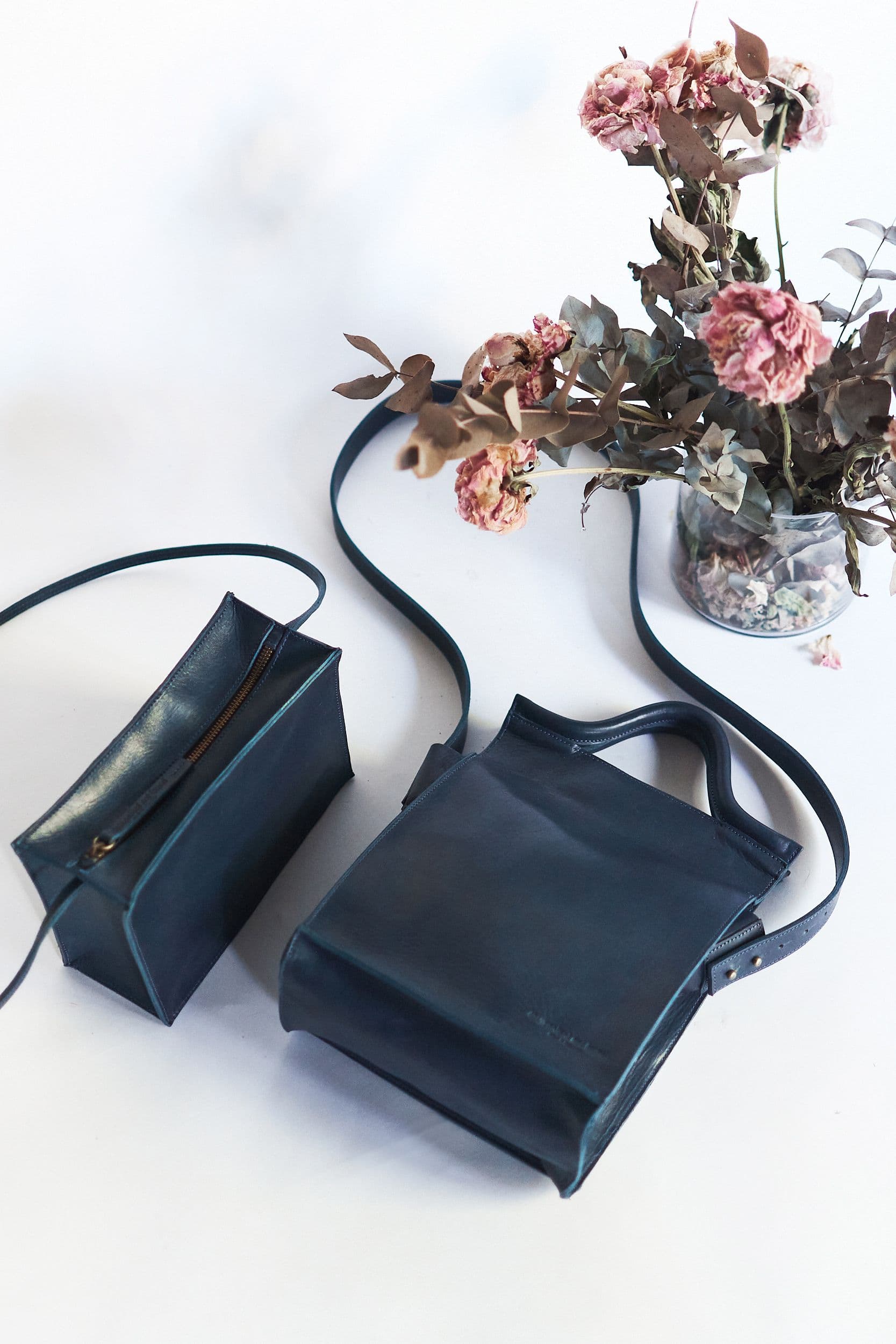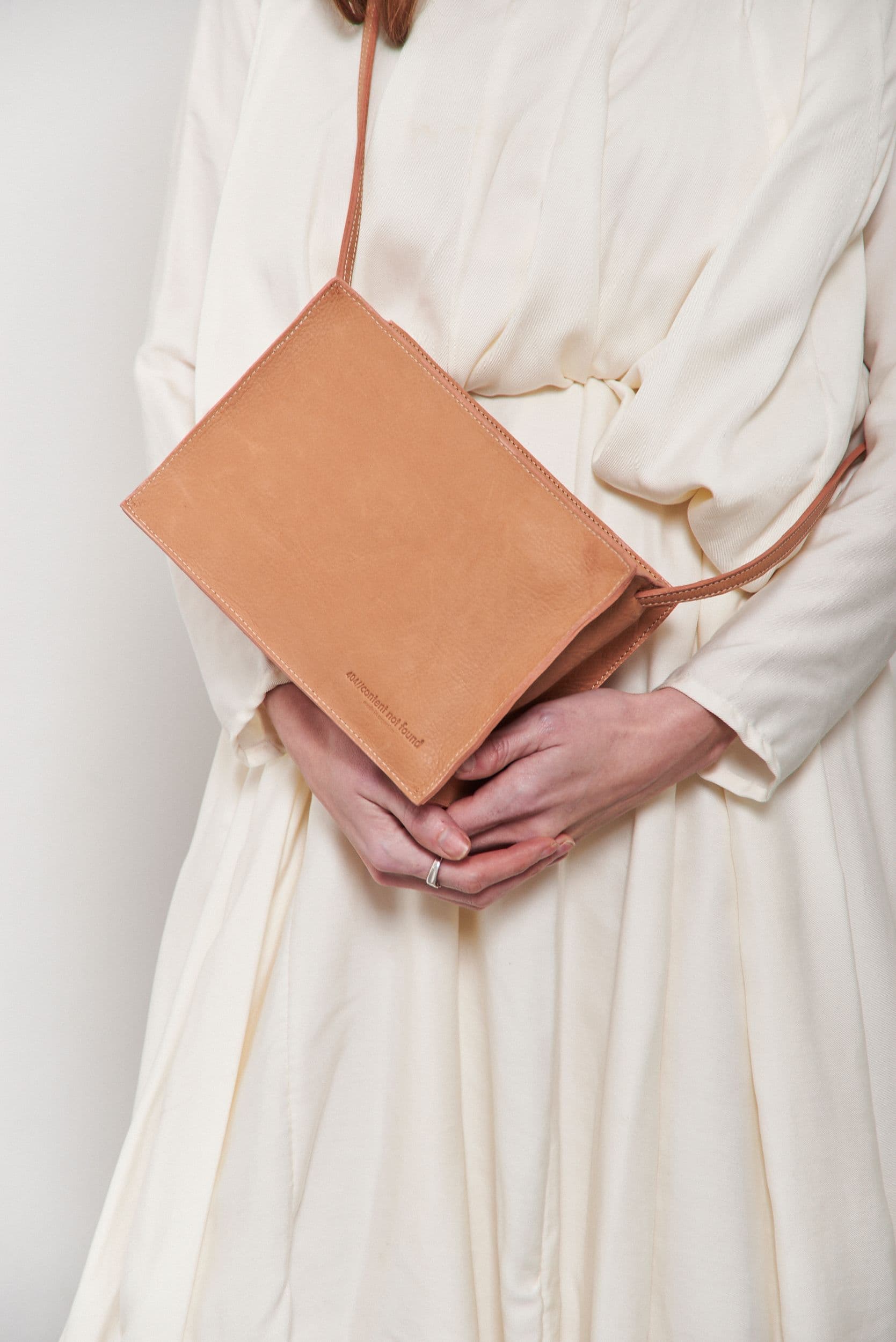Your use of vegetable-tanned leather is a cornerstone of your brand. Could you explain the natural tanning process in detail—what materials or plants are used, where they are sourced, and how the process compares environmentally and ethically to traditional chrome tanning methods?
Leather tanning is the first step in the leather-making process, after the hides come from the beamhouse and are cleaned of dirt, blood, salt, and hair. To use a hide or skin for a leather product, it needs to be processed. This process is called tanning. Tanning changes the chemistry inside the leather fibers, making it more difficult for enzymes from bacteria and fungi to break them down, which increases the leather’s durability.
Vegetable-tanned leather is made by soaking animal hides in tannins, which are natural chemicals found in plants. In our case, the tannery we work with uses quebracho wood, a local tree from Argentina. The process is long and artisanal, and it can take up to two months to complete.
Main steps are:
- Curing: Hides are salted to prevent bacterial growth.
- Liming: Hides are soaked in milk of lime to remove hair and fat.
- De-liming: Hides are soaked in a chemical solution to lower their pH level.
- Tanning: Hides are moved between drums filled with tanning solutions of different concentrations over a period of 30–60 days.
- Drying: Hides are removed from the drums and dried for a few days.
- Treatment: Leather is oiled, stretched, trimmed, and measured. Finishing treatments may be applied depending on how the leather will be used.
- Materials: Tannins, natural chemicals that come from tree bark or other organic materials.
Vegetable tanning is a traditional method that dates back thousands of years. It was originally carried out near rivers, which is why the preliminary phase is called the "riviera phase." It usually takes longer to tan leather using this method, but the result is leather with a distinctive aesthetic and texture, which ages beautifully. It has the benefit of using natural, sustainable, and renewable raw materials. The tannery from which we source the leather takes care of the residues and is sustainability certified. Additionally, it dyes the leather with anilines, making it a very natural and craft-made process.
Chrome tanning: About 75% of leather made today is chrome-tanned. The process uses trivalent chromium (Cr III), which is a safe substance. Chrome tanning produces consistent leathers that can be used or worn year after year without any loss of properties. It is sometimes suggested that hexavalent chromium, or chromium VI (Cr VI), is used for tanning leather and that it is carcinogenic. However, chromium VI is not used in the manufacturing of leather. The chemicals used in chrome tanning do put a strain on the environment. Additionally, chrome-tanned leather takes much longer to compost due to the chemicals on it and is not good for the soil, so you shouldn’t actually compost chrome-tanned leather.

How does the agricultural system in Argentina support your sourcing of natural tanning materials, and do you collaborate with local farmers to ensure a sustainable supply chain?
There are a couple of tanneries here in Argentina that use the vegetable-tanned method, and one of them is my main vendor.
I would love to collaborate with local farmers! However, that would involve a completely different process and structure in my company. Currently, we are not in charge of sourcing or manufacturing the raw materials. Instead, we purchase already tanned leather from trustworthy and sustainability-certified tanneries and then manufacture the product.
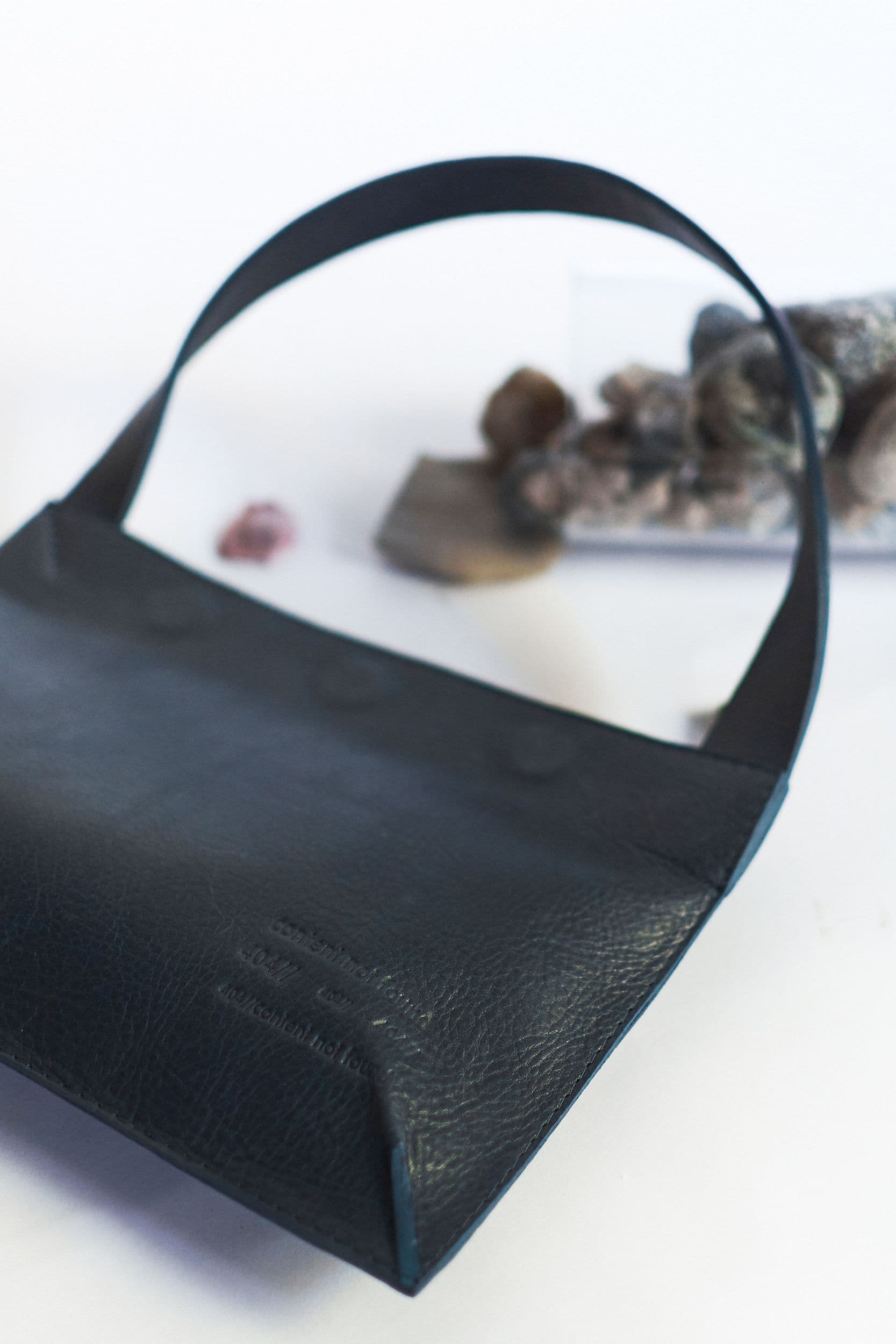
Can you share specific cleaner production methods—compared to traditional tanning or manufacturing practices—employed in your process, particularly in reducing the need for linings and non-essential materials in your designs?
Our approach is efficiency and minimalism. We focus on products that can be manufactured in a simple way, with few pieces and less raw materials or hardware. We aim to generate minimal waste: we design items using patterns that allow for the least waste possible, and the little waste left is used for the very small pieces of the product. If any leather remains, we send it to a factory that produces reconstituted leather, ensuring the product continues to be reused and recycled. We maximize resources.
In addition, we attempt to design in an intelligent way that does not require the use of linings in most of our products. Fewer materials are used, less waste is generated during and after production, less non-essential material ends up as post-consumer waste, and less energy is used before and during production. As a result, there is less contamination and an efficient production process, where the craftsman/woman’s task is simple and not all-consuming. The process flows, leading to a gracious state of being while constructing the item and imprinting that feeling on the product.
We take care of the carbon footprint by sourcing raw materials from vendors and manufacturers who are close to us. Considering all these variables, less non-renewable energy is consumed while producing the items, and less material is discarded both during production and after consumer use.
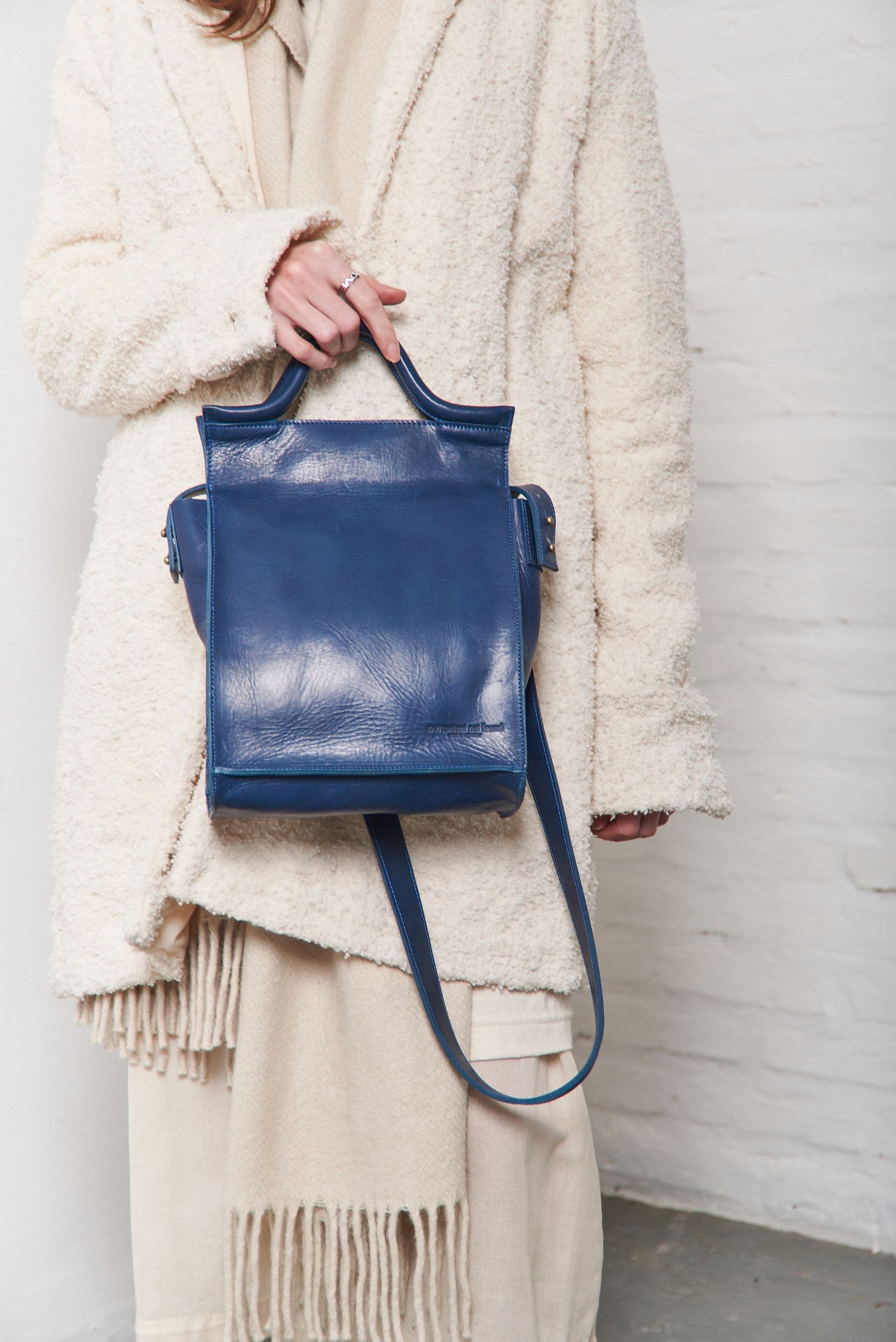
In a world facing material scarcity, how do you ensure that vegetable-tanned leather remains an environmentally responsible and viable choice for your products?
We work with tanneries that take care of the waste so it does not return to the waters. These tanneries are sustainability-certified and only use sustainable products to tan the leather. We make sure minimal waste results from production. While a 0% waste product would not be possible with leather items due to the shape, holes, and imperfections of the material, we send the scrap to factories that transform it into reconstituted (bonded) leather.
Vegetable-tanned leather lasts for ages, ensuring a very long-lasting item that can be reused, recycled, repaired, or swapped. We hope that, if someday the product is discarded, it will be turned into compost and sent back to the soil to nourish it and give birth to new life. Additionally, vegetable-tanned leather is a byproduct of the meat industry: as long as people consume meat and there is a demand for it, this waste needs to be taken care of — that is, tanned so it does not contaminate. Non-processed hides (skin) lead to contamination due to putrefaction and the proliferation of bacteria. By tanning it and using it, we create the most noble, durable, and compostable material to date.
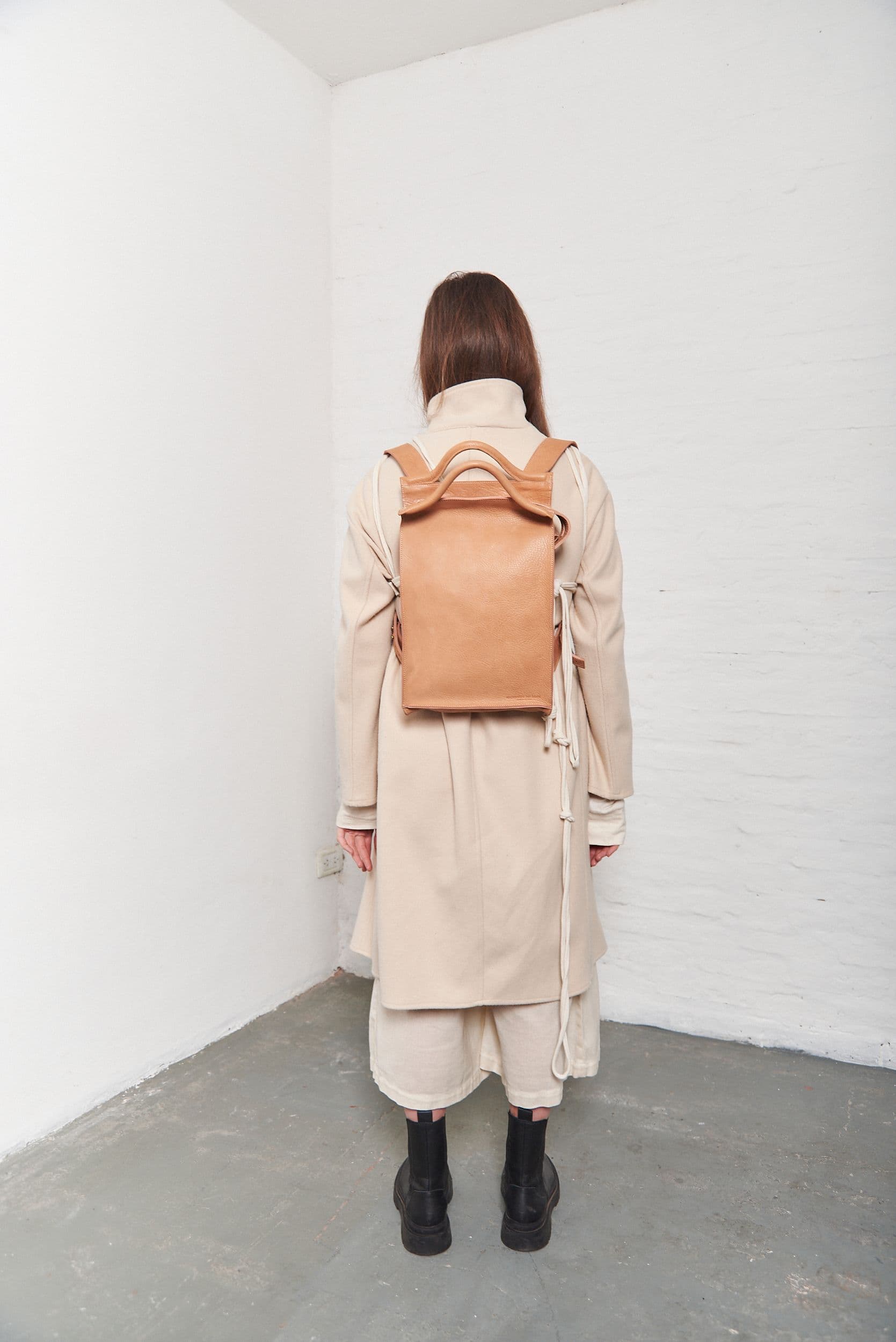
As you explore biodegradable plastic alternatives, what are the key material properties you seek to replicate or improve upon compared to vegetable-tanned leather? What are the main struggles and challenges you face when working with these materials?
I seek ultra durability, and by that, I mean literally a hundred years minimum. I want a material that is so natural and noble that you can compost it, and once you bury it in the soil, it can degrade in a few months to a year while adding nutrients to the soil. So far, those are the properties of vegetable-tanned leather, and I wish to discover an alternative material that can live up to these maxims and potentially surpass them. That would be an intelligent material.
The challenges when I work with bioplastics: They do not last for too long, and as mentioned earlier, my aim is an almost eternal material. It is my fantasy as a concept, in addition to the actual sustainability behind it. The fact that it can be passed through generations as an inherited product, cherished and with memories imprinted on it, is a whole universe. That would be equivalent to a jewel passed down in a family. Also, the whole “infinite” concept is alluring. Like an item found by an archaeologist thousands of years later. It is sultry, cinematic.
So far, there hasn’t been an eco-leather option that is actually aesthetically appealing, easy to work with, or soft to the touch. I believe the contact with the material is very important for the user experience. We need to enjoy and feel in contact with nature—and our own nature, our own desires—when we get dressed. It turns into a spiritual experience.
To add to the challenges, there is no local production (in Argentina) at an industrial scale, so importing would mean both carbon footprint emissions and fewer jobs within the country. We aim to stimulate the economy here and generate better-paid jobs. For biomaterials, the only available options are very craft-made, in very small amounts, and the raw material we get from them is also not great in terms of performance. It is very expensive to purchase, and if we made it on-site, it would take a very long time to produce, resulting in a long and high cost of production. In contrast to its weak performance and durability, this makes it a no-go for a truly sustainable business seeking triple impact.
So, in short: durability, performance, functionality, aesthetics, and production (scalability, time, manufacturability). All the qualities an exceptional design requires. I immensely appreciate the efforts of the industry for making these materials more durable, with a nicer feel and easier to work with. I hope they can get closer to real leather in the near future.
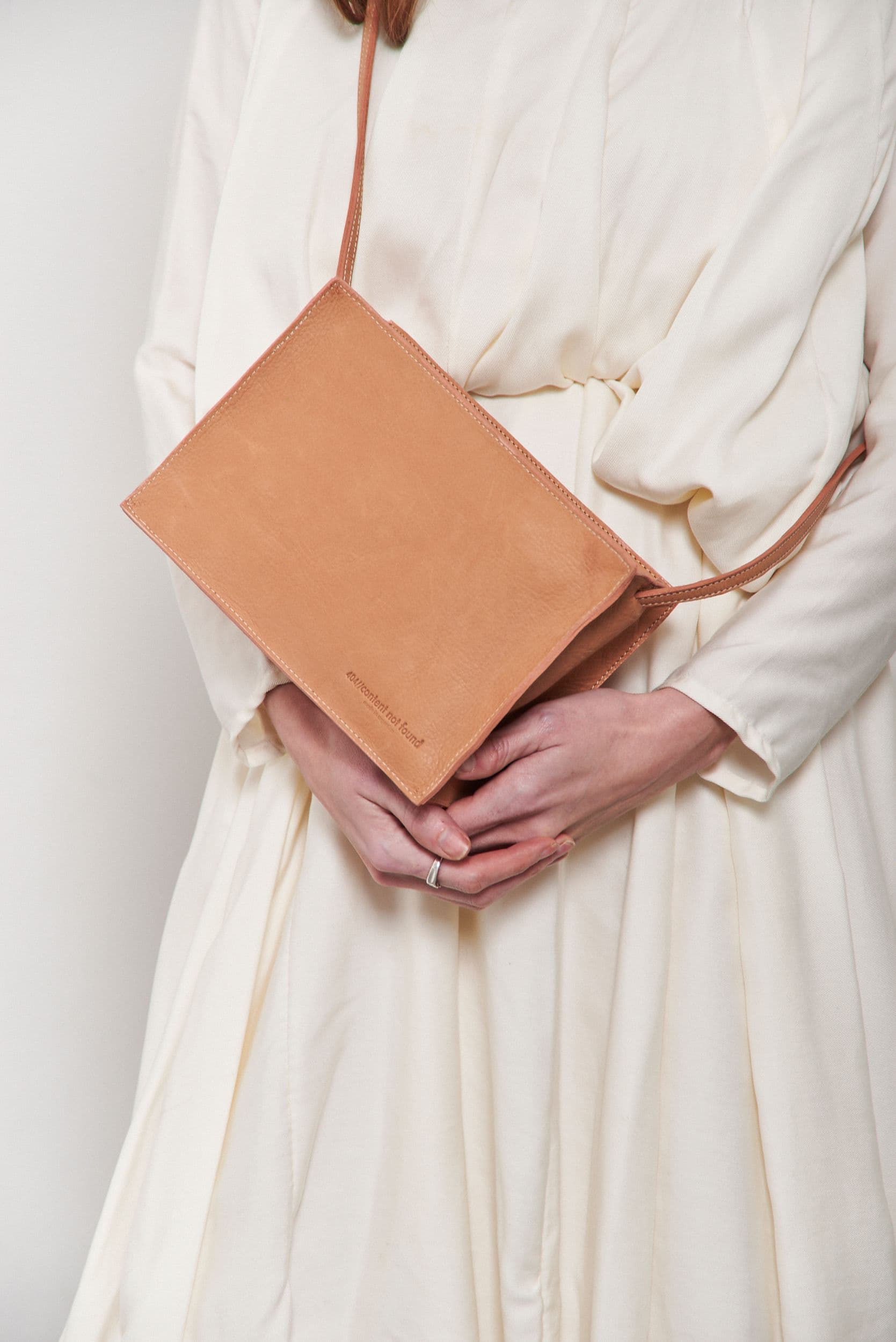
Your brand emphasises cradle-to-cradle principles. Can you detail how these principles are integrated into your product lifecycle, from material selection to post-consumer disposal?
As mentioned in previous questions, we source the material considering its extreme durability and construct it with very high-quality manufacturing, expecting a very long life. For leather, this could be 100 years or more if properly cared for. We want the item to be passed on through generations, swapped, or included in a circular economy—such as upcycled or resold as vintage—so the product can last for years and years. It can be repaired if necessary, and if ever too damaged, it can be turned into compost easily. You put it back into the soil to nourish it and give birth to new life.
We find this process and cycle as magical and eternal as it is amusing. Vegetable-tanned leather changes color over time, leaving your own imprint on the item. You can then read the story or stories behind it and its user(s). It gets charged by the energy of the people who wore it. And then, back to the cosmos with all that information!
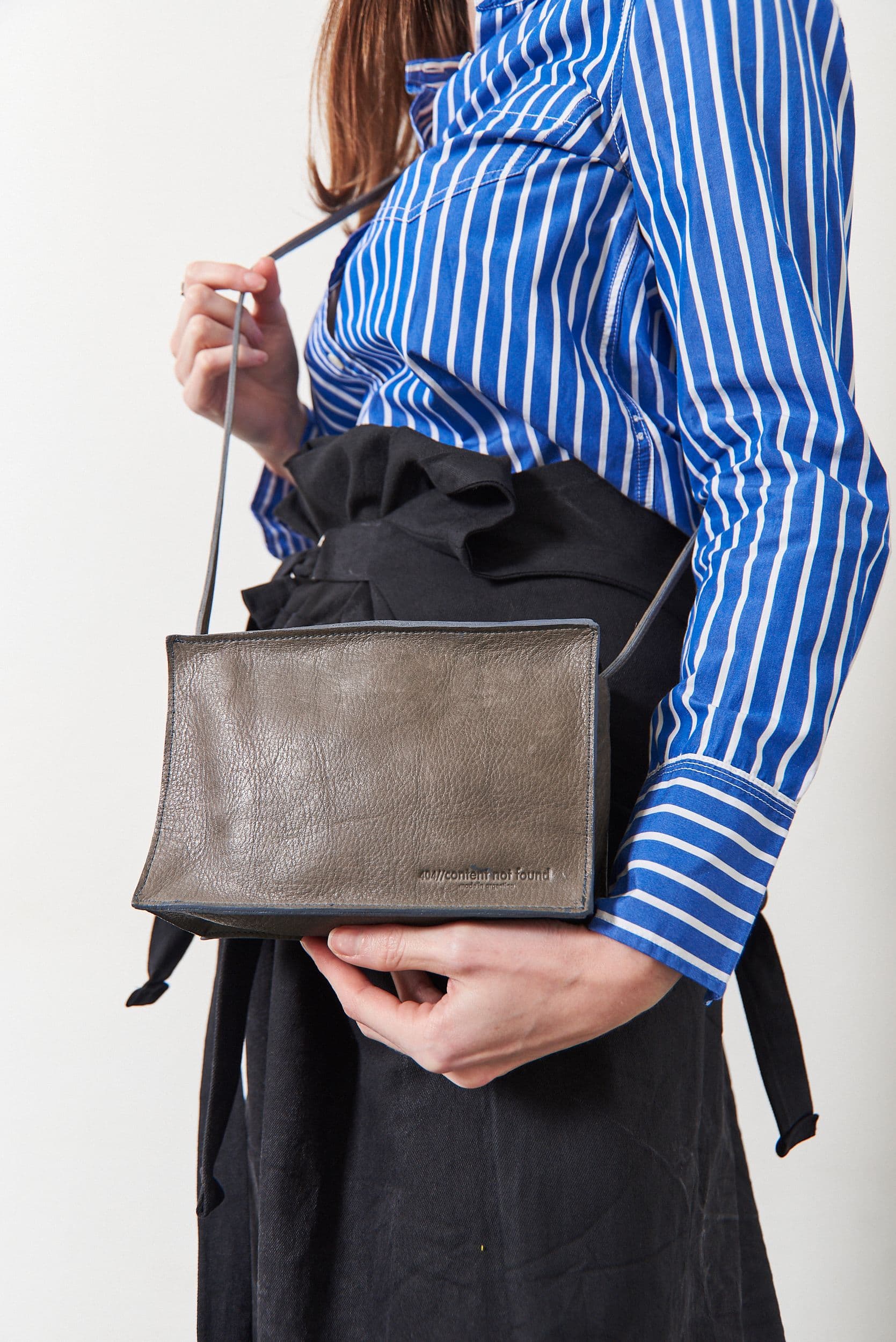
Considering your focus on localised production, how do you quantify and minimise the carbon footprint associated with sourcing and manufacturing your products in Argentina?
The raw materials I purchase are all local, manufactured in Argentina, and the vendors are, on average, 20 km away, with some even closer. The same goes for the craftspersons who manufacture the items. It is truly local.
